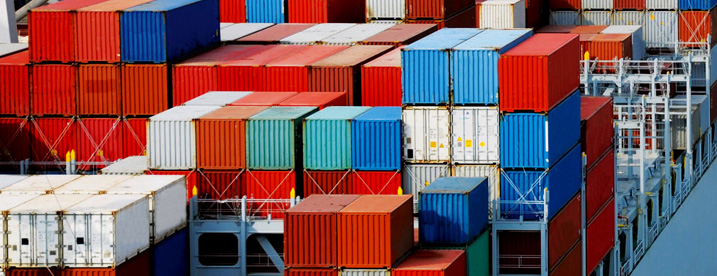Illicit Financial Flows From Developing Countries: The Absurdity Of Traditional Methods Of Estimation
By Dev Kar, August 16, 2010
Illicit Financial Inflows and Illicit Financial Outflows Must Be Added Together in order to Accurately Measure the Adverse Impact of these Flows on Developing Economies, Explains Dr. Dev Kar
Capital flight, in its broadest sense, consists of the cross-border transfer of licit as well as illicit capital. The licit component of capital flight basically consists of short-term capital movements initiated by the private sector. This portion of capital flight arises as a result of private investors’ portfolio decisions in response to interest rate differentials, changes in tax policy, expectations of exchange rate depreciation, and other macroeconomic conditions. In contrast, illegal capital flight or illicit financial flows are intended to disappear from any record in the country of origin, and earnings on the stock of illegal capital outside that country does not normally return. Of late, there has been a transition, from the term illegal capital flight to the term “illicit financial flows” in documents of the United Nations and other multilateral institutions. Illicit money is money that is illegally earned, transferred, or utilized. Somewhere at its origin, movement, or use, the money broke laws and hence it is considered illicit. There is another reason for the change in terminology. While the term capital flight tends to place the onus of curtailing the problem upon the economic or governance problems in developing countries, illicit financial flows sees the transfer as a two-way street where the poor countries generate the flows while the developed world facilitates their absorption.

